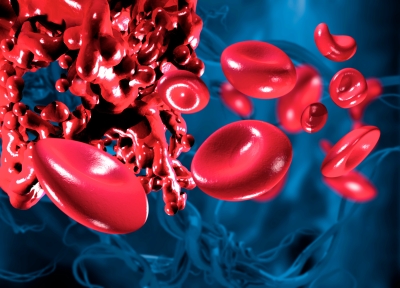Scientifically speaking, hemorrhoids are blood vessels around the area of the lower rectum and anus. Technically, every human being has hemorrhoids; it is just a matter of their state. When these anal veins reach swollen and inflamed state, which is also known as varicose veins, then it becomes a problem. They are then known as piles, but the term “hemorrhoids” and “hemroids” are also interchangeably used to make reference to these medical problems too.
Click here to discover what 95% of hemorrhoids sufferers don’t know, but NEED to.
It will make your defecation more uncomfortable as your bowel movements will be hindered. The most common victims of piles are pregnant women, people of age 45 to 65 years old, sufferers of chronic constipation (and thus chronic hemorrhoids) or diarrhea, and anal intercourse participants.
There are two main type of hemorrhoids, namely internal and external hemorrhoids. They appear deep inside the rectum above the dentate line (simply the upper inner two-thirds area of your rectum), and on the skin of the anus respectively.
Internal Hemorrhoids

Most people suffering from hemroid symptoms will experience have pain and itching around the area of their anus. Although it is usually not a life-threatening situation, it mayresult in complications that can get very serious. Fortunately in the very mild cases,the symptoms may disappear in a couple of days; some may not even experience any symptoms at all.
An internal hemorrhoid generally is notpainful due to the lack of nerve cells deep inside the rectum, except whenever the sphincter muscles spasms. It usually results in hemorrhoid bleeding in your stools, and blood to appear on your toilet paper and the toilet bowl.
Prolapse
If left untreated, it may eventually swell even more, and protrude through the anus outside the body. This is also known as a prolapsed hemorrhoid, and there are 4 stages to this process rated as Grade 1 to Grade 4.
- In Grade 1, there is no prolapse.
- In Grade 2, the hemorrhoid prolapses during passage of stool but is able to reside back inside the rectum by itself.
- In Grade 3, it also prolapses the same way, but requires to be pushed back manually.
- In Grade 4, it is completely prolapsed, and cannot be reduced.
Prolapsed hemorrhoids will be very painful as the anus has many pain-sensory nerves. They will appear as bright pinkish pieces of extra flesh on your anus.
Strangulated Hemorrhoids
If the prolapsed hemorrhoid is trapped outside the anus and its blood supply is blocked, it becomes a strangulated hemorrhoid. These will appear as dark purple lumps on your anus due to the deoxygenation of the blood and the cells inside that swelling.
External Hemorrhoids
As for external hemorrhoids, these swelling appear within the lower region of the dentate line (basically at the lower one-third of the rectum), and can be painful. You can usually feel an extra lump on your anus. It is also often itchy due to secretion of mucus on the inflamed skin.
Thrombosis
If a blood clot is formed inside the swelling, it will become a thrombosed hemorrhoid, which can occur in both internal and external cases.
Now that you have a better understanding on the concepts of piles, you can understand better on how to treat hemorrhoids and their approach.


